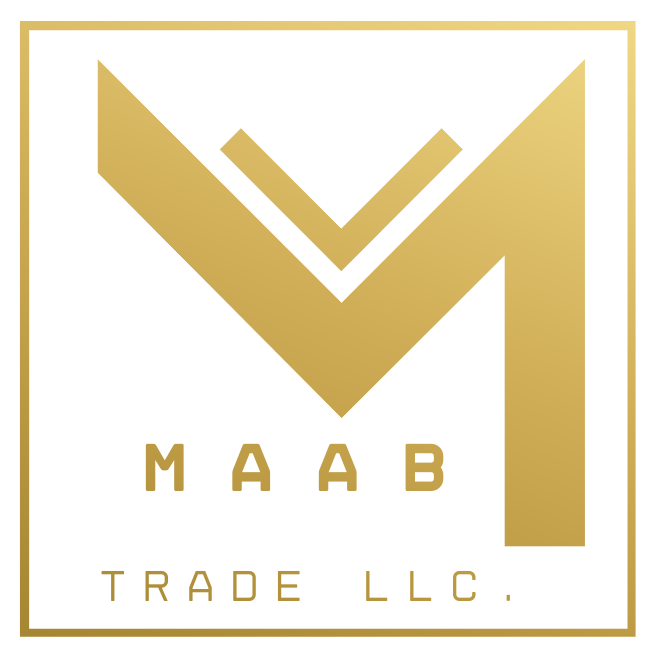10 Powerful Insights into the Marketplace for Buying Gold and Silver in the USA has evolved into a dynamic industry fueled by investment demand, industrial applications, and collector interest. This article provides a comprehensive analysis of key factors that impact this marketplace, including investment strategies, pricing mechanisms, regulatory frameworks, and challenges faced by buyers and sellers.
1. Overview of the Gold and Silver Marketplace in the USA
Gold and silver have historically been safe-haven assets. The U.S. market is a leading hub for precious metals trading due to its well-regulated trading platforms and global economic influence.
Why Invest in Gold and Silver?
- Wealth Preservation: Precious metals serve as a hedge against inflation and currency devaluation.
- Portfolio Diversification: Adding gold and silver to an investment portfolio reduces volatility.
- Crisis Hedge: Economic or geopolitical instability often increases demand.
2. Key Factors Impacting the Precious Metals Marketplace
a. Market Demand and Supply
The supply of gold and silver primarily comes from mining and recycling, while demand is driven by jewelry, technology, and investment sectors. Global events, such as geopolitical conflicts and inflation, influence demand and prices.
b. Pricing Mechanisms
Precious metals prices are determined by:
- Spot Price: The current market price for immediate delivery.
- Futures Market: Contracts traded on exchanges like COMEX impact spot prices.
- Premiums: Retail premiums are added to the spot price, reflecting factors like minting costs, demand, and product type.
3. Where to Buy Gold and Silver in the USA
Several types of marketplaces facilitate the buying of gold and silver:
a. Online Marketplaces
- Trusted Precious Metal Dealers: Websites like APMEX, JM Bullion, and SD Bullion offer various gold and silver products.
- Pros: Convenience, wide product selection, transparent pricing.
- Cons: Shipping delays and potential for counterfeit products.
b. Local Coin Shops and Dealers
- Pros: Instant transactions, personalized service.
- Cons: Limited selection, variable pricing based on dealer discretion.
c. Auction Houses
- Auction sites like Heritage Auctions offer rare coins and collectibles. This option suits collectors rather than investors seeking bullion.
d. Precious Metals Exchanges and Brokers
- Examples: BullionVault, Kitco, and futures exchanges like COMEX.
- Pros: High liquidity, lower premiums.
- Cons: May require a higher level of market knowledge.
4. Tradeoffs in Choosing a Precious Metals Marketplace
a. Cost vs. Security
- Online platforms offer competitive prices but require secure storage.
- Local dealers provide immediate ownership but at higher premiums.
b. Liquidity vs. Rarity
- Common bullion is easy to sell, while rare collectibles may offer higher long-term returns but come with liquidity risks.
c. Physical vs. Paper Gold/Silver
- Physical Assets: Offer tangible ownership but require secure storage.
- Paper Assets: Include ETFs and futures, providing convenience but lacking physical control.
5. Regulatory and Legal Considerations
Buying gold and silver in the USA involves navigating regulatory frameworks:
a. Tax Implications
- Sales Tax: Some states exempt bullion from sales tax.
- Capital Gains Tax: Profits from selling precious metals may be subject to capital gains tax.
b. Reporting Requirements
- Certain large transactions must be reported to the IRS, especially for dealers and brokers.
6. Challenges in the Precious Metals Marketplace
a. Price Volatility
Prices can fluctuate due to changing global economic conditions, making timing crucial for buyers.
b. Counterfeit Risks
Buyers must verify product authenticity by purchasing from reputable dealers and checking certification marks.
c. Storage and Insurance Costs
Investors must consider safe storage solutions, whether through personal safes or vault services.
d. Regulatory Compliance
Staying informed about tax laws and reporting obligations is essential to avoid legal issues.
7. Making Informed Buying Decisions
When entering the precious metals market, consider:
- Research: Compare prices, dealer ratings, and storage options.
- Reputation: Choose established dealers with strong customer reviews.
- Product Selection: Look for coins, bars, and rounds with high liquidity.
- Market Timing: Monitor market trends for optimal buying and selling times.
8. Future Outlook for the Precious Metals Marketplace
The future of the precious metals market in the USA looks promising due to:
- Technological Demand: Silver’s use in solar panels and electronics is expected to rise.
- Economic Uncertainty: Persistent inflation concerns could fuel demand for gold.
- Sustainability Trends: Increased recycling and sustainable mining practices may reshape supply dynamics.
Conclusion
The U.S. marketplace for buying gold and silver is a robust ecosystem influenced by global economics, investment demand, and technological advancements. Understanding market dynamics, pricing mechanisms, and regulatory requirements can help buyers make well-informed decisions. Balancing factors like cost, security, and liquidity ensures long-term success in this dynamic and rewarding market.
To buy a gold and silver Click here


